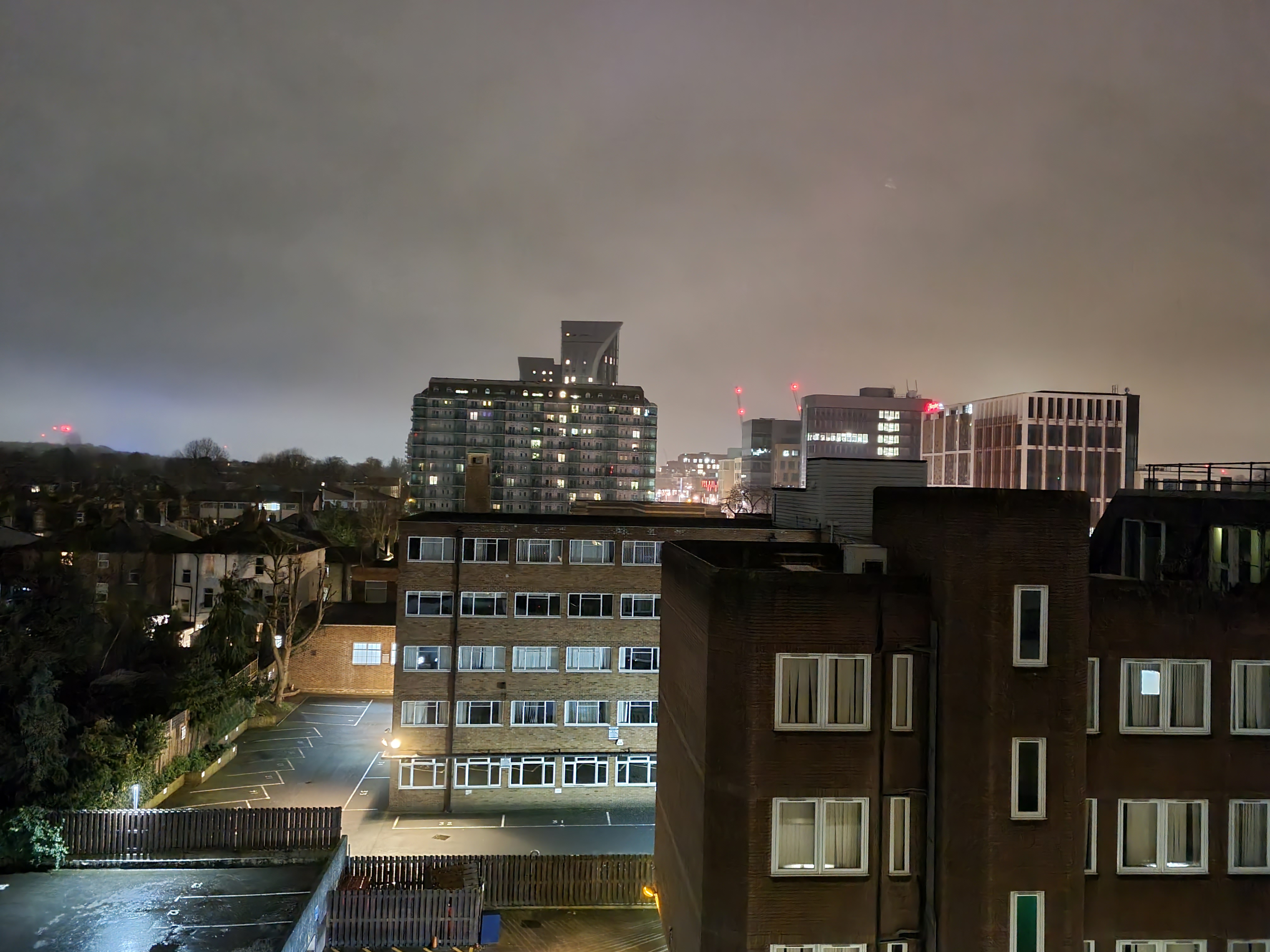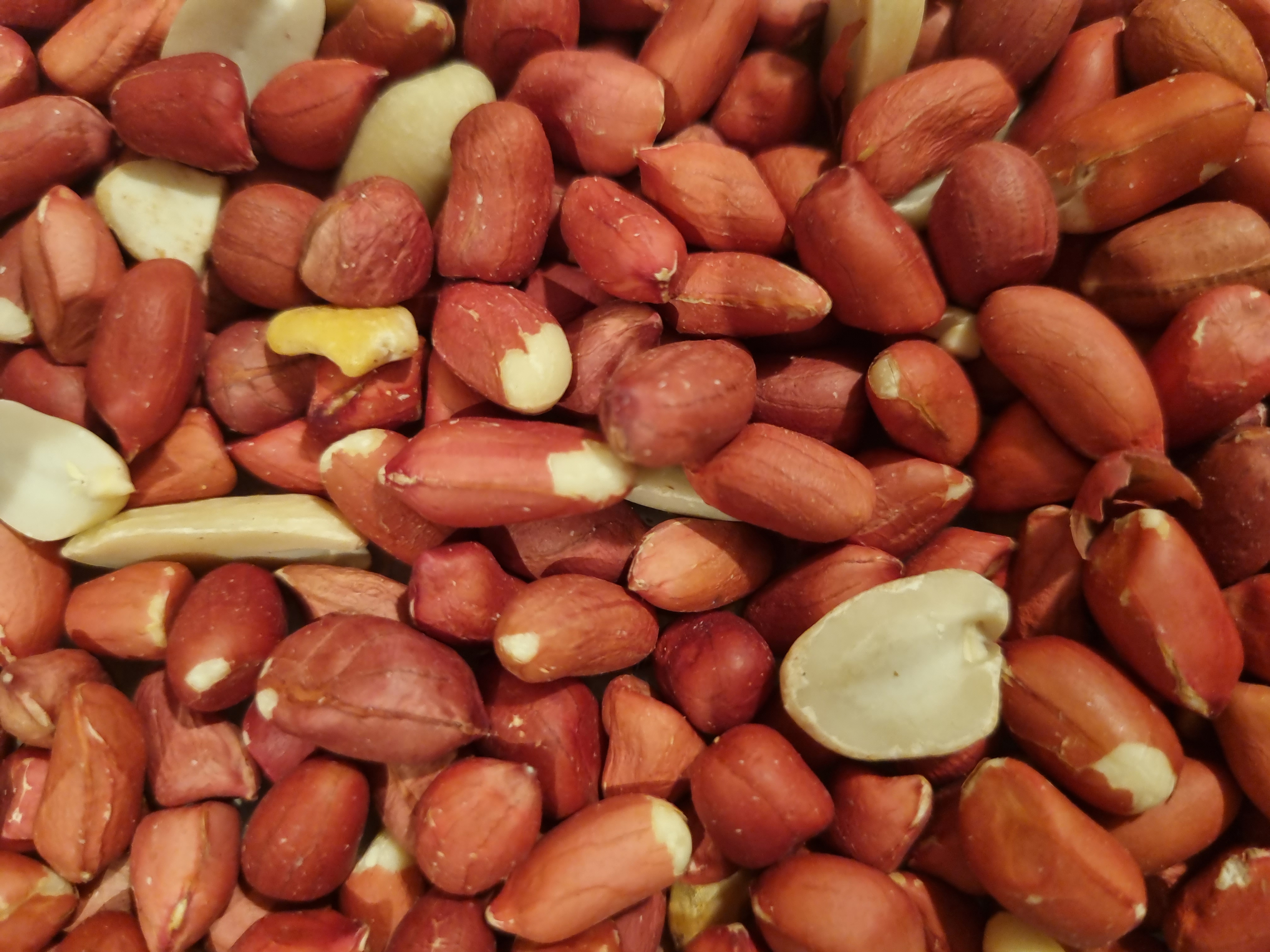Digital Camera World Verdict
A reliable upgrade for Galaxy S10 owners, the Samsung Galaxy S21 is a very good smartphone, and a decent camera phone at $799 / £769, however, it’s too similar to its predecessor and last year’s Galaxy S20 FE to warrant an upgrade from either of those. For anyone who wants cutting edge Samsung smartphone features, the S21 Ultra or Note 20 Ultra are the obvious choices, however, if you like your phones thin, light, and darn good looking, then you could do a lot worse than the S21.
Pros
- +
Lower launch price than S20
- +
UI packed with features
- +
Improved night photography
Cons
- -
No optical zoom
- -
No AF on ultrawide
- -
Low on innovation
Why you can trust Digital Camera World
The Samsung Galaxy S21 takes the reigns from last year’s S20, the entry-level flagship of the series, which later spawned the S20 FE, an affordable alternative crammed with top-tier Samsung features. With both the S20 and S20 FE still holding their own in 2021, do we really need a new Samsung Galaxy though?
The Galaxy S21 is smaller than the S20 FE, and it’s also a better-looking package, especially in the violet and gold version we reviewed. Style is important, so that makes a good case for the phone. That said, a glance at the specs, and it fast becomes clear, there’s very little in it between the two phones.
What’s more, the camera actually looks inferior on-paper, with no optical zoom on the S21, and a higher resolution selfie camera on the S20 FE. What gives?
Fear not; the S21 has a few tricks wedged in its circuit boards, including 8K video capture and a superior ultra-wide camera, perfect for super-steady video.
All things considered, is the S21 just a rebadged version of something we saw last year, or is there enough to make it stand out in a sea of Samsung Galaxy Smartphones, and can it compete for the title of best camera phone like its chunkier sibling, the Galaxy S21 Ultra?
Samsung Galaxy S21: design & screen
Combining a 6.2-inch screen size and a 1080 x 2400 resolution, looking at the numbers, the Samsung Galaxy S21 5G’s screen is a step down when compared to last year’s S20. But that’s only part of the story.
With a of 421 pixels per inch (PPI), the difference in clarity will only be noticeable if you’re looking at both phones side by side, with a microscope. Any screen with a pixel density of 400 PPI or higher results looks crystal clear for most.
The best camera deals, reviews, product advice, and unmissable photography news, direct to your inbox!
What you’re more likely to notice is the fact both screens are bright, punchy Dynamic AMOLED 2X panels, with 120Hz refresh rates and sky-high peak brightness levels. In fact, the S21 climbs all the way to 1300 nits, brighter than the S20’s 1200 nits.
Additionally, with Corning Gorilla Glass Victus, the seventh iteration of the ubiquitous hardy screen shield, the S21 is that bit more life-proof than older Galaxy models. By ditching the glass back for something plastic, it’s also less likely to shatter on both sides, though plastic could be more prone to scratches.
As for the design itself, Samsung’s latest flagship measures 7.9 mm thin, sporting a buffed metal frame that bleeds into the camera surround around the back. If you like slim, stylish gadgets, you’ll likely love the S21.
Available in Phantom Gray, White, Violet, and Pink, our Phantom Violet version comes loaded with gold flourishes and is an undeniable looker, plastic back and all.
Samsung Galaxy S20 Ultra: cameras

The Samsung Galaxy S21’s main camera features a 12 MP sensor, matched with an f/1.8, 26mm lens. With its 1/1.76” sensor size and 1.8µm pixels, as well as Dual Pixel PDAF and OIS, the hardware is the same as found on last year’s S20 and S20 FE.
The ultrawide camera combines an f/2.2, 13mm, 120˚ (ultrawide) lens and a 12MP, 1/2.55" sensor with 1.4µm pixels. Finally, for the back of the phone at least, there’s a 64 MP (1/1.72") telephoto camera. Calling this a telephoto is a stretch, given its 29mm focal length is only slightly further-reaching than the main camera. With an f/2.0 aperture, however, it lets more light in than most telephoto cameras, and with its high resolution and 0.8µm pixels, not to mention OIS. it’s specced out for some lossless digital zooming in well-lit scenes.
As for the 10 MP, f/2.2, 26mm (wide) selfie camera, we’ve seen this module on umpteen Samsung smartphones, with its 1/3.24" sensor, 1.22µm pixels, and Dual Pixel PDAF. We, therefore, know it works well, but won’t tread new turf from a hardware point of view.
Samsung shooting highlights are plentiful thanks to a competent, customizable interface. You can totally switch out camera menu shortcuts to prioritize your favorite shooting modes to suit your tastes. Video fans will enjoy the new Director’s View mode, which displays a preview of three focal lengths so you can cut your camera switches in a clean, intentional way. Additionally, unlike comparably priced iPhones, there’s also a fully-functioning manual mode out of the box, and the ability to shoot RAW photos.
Samsung Galaxy S20 Ultra: Camera performance

Despite being a familiar set of sensor specs (the same as found on the S20), the S21’s tuning has been updated, and it’s a pleasant surprise, with a number of Samsung staples like overexposing having been tapered this time around.
The detail in photos taken across wide and telephoto ranges are impressive when capturing landscapes, well-lit indoor shots and portraits, though macro performance is weak.
With no optical zoom, we wouldn’t recommend using the telephoto camera beyond a three times zoom range for photos you really value. For casual, social shares though, you can afford to climb up to roughly 10 times zoom, depending on the ambient light.
As for processing, Samsung has pared back its zing-factor when compared to past smartphones, with color and saturation both being more tapered. Additionally, there’s less heavy processing in certain scenes than is visible on the S21 Ultra, which makes the S21 our choice in a select few environments. That said, dynamic range and clarity still fall down when the lights dim, making way for phones like the Google Pixel 5 and iPhone 12 to step ahead.
Samsung’s new line of Galaxy phones switches to night mode in challenging scenes automatically, finally catching up with Huawei and delivering competitive photos across lighting conditions. Noise is handled relatively well, though there’s a distinct lack of nuance and averaging out of colors and tones when taking photos indoors.
As for the S21’s selfie camera, by packing autofocus and 4K video capture, it is already a step ahead of many out there, and with a reliable background defocus effect in bright scenes, absolutely does the job. It doesn’t quite stack up to the best from Huawei, but with a small punch hole, it also doesn’t obstruct the screen much as the Mate 40 Pro’s pill, striking a healthy balance in our books.
Video on the S21 is shot at up to 8K resolution (24fps), or 4K (60fps), and while shooting, can capture 9MP stills. This versatility is handy and will benefit outdoor videographers who need detail and the option to crop into their footage. The phone’s ultrawide camera shoots perhaps the most impressive FullHD video of the bunch, with GoPro-a-like stabilisation at play. With low-light video being an Achilles heel of all smartphones, it’s no worse on the S21 than on most of its direct competition, making the phone a competent, though not a class-leading camcorder.
Samsung Galaxy S21 Ultra: Additional specs

Powered by an Exynos 2100 chipset globally, with the exception of the US and China, where the Samsung Galaxy S21 features a Qualcomm Snapdragon 888, this flagship power is matched with 8GB RAM. There’s no slowdown of note, whether gaming day to day swiping and tapping.
Running Android 11 underneath Samsung’s latest interface, One UI 3.1, the S21 experience is a winner as far as we’re concerned. It still complicates things a bit, giving users multiple apps with which to do the same thing (Gmail and Outlook, Chrome and Samsung’s browser, for example). That said, it’s smoother and cleaner than before, and more fully-featured than any OS out there.
DeX, for example, Samsung’s desktop interface was a feature we found ourselves using daily. By plugging the Galaxy S21 into a macOS or Windows computer, the phone projects a desktop interface. This is a great way to manage Instagram uploads on a big screen, handy for social media managers. It also fires up when you hook the phone into a monitor too.
It’s worth noting, the S21 doesn’t feature microSD card support, a first for the line, though with 128GB or 256GB, you should have plenty of on-device storage.
Rounding off, and the Samsung Galaxy S21’s 4000mAh battery makes it through a day of pretty intensive use with about 15 percent left in the tank. The one caveat is video calling, which we found was the biggest battery drain in our time with the phone (more so than gaming). The Galaxy S21 also charges at up to 25W for a full-charge in a little over an hour, and supports wireless and reverse wireless charging (see our guide to best wireless chargers).
Samsung Galaxy S21 Ultra: Verdict

The Samsung Galaxy S21 5G isn’t the best value flagship specced Galaxy around; that would be the indomitable S20 FE — still one of the easiest phones to recommend months after launch. It is, however, a great looking phone with a killer screen, fresh specs, and a decent camera. By refining a system we’ve seen before, Samsung’s taking a Google approach to its camera, which has worked well for the Pixel line. That’s all combined with a feature-rich interface, decent battery life, and a price tag that’s less eye-watering than past generation Galaxy phones. If you want the best Galaxy S21, be prepared to pay for the Ultra, and handle its heft. If you want the most sensible Galaxy S21 though, the entry-level option is it.
Read more:
• Best camera phone in 2021
• Best budget camera phones
• Best iPhone for photography
• Best burner phone
• Best 5G phone
• Best phablets
• Best flip phones
• Best phablets
Basil Kronfli is a freelance technology journalist, consultant, and content creator. He trained in graphic design and started his career at Canon Europe before moving into journalism. Basil is also experienced in video production, independently running the YouTube channel TechEdit, and during his time at Future, he worked alongside the Digital Camera World team as a senior video producer.











